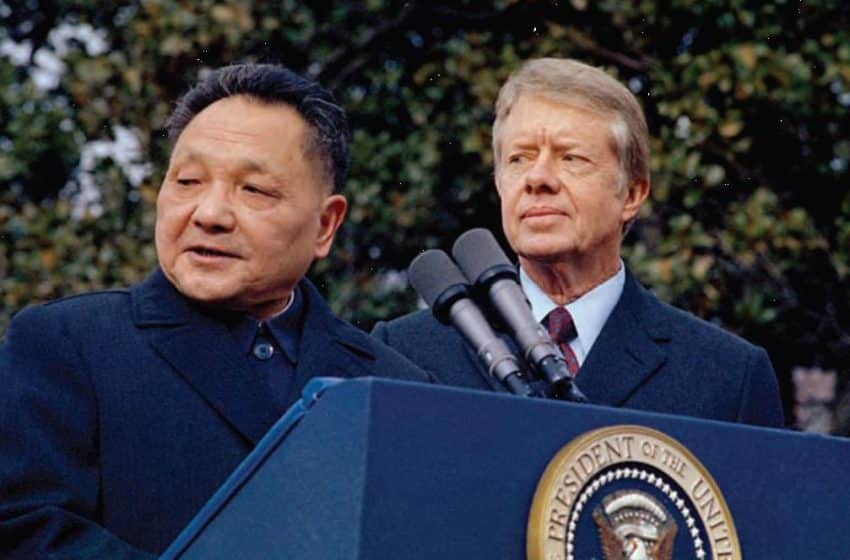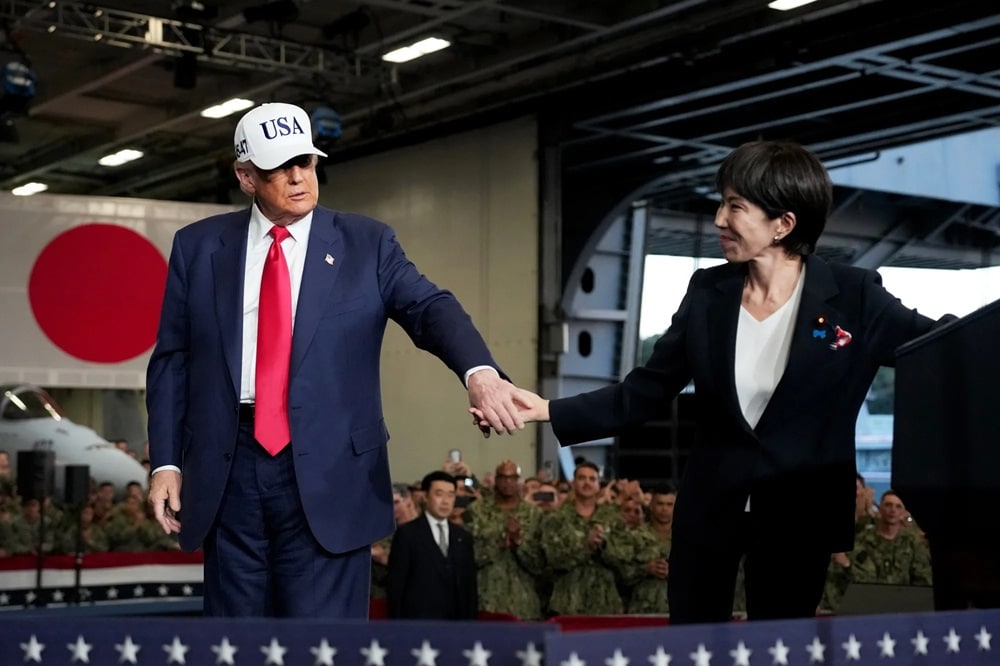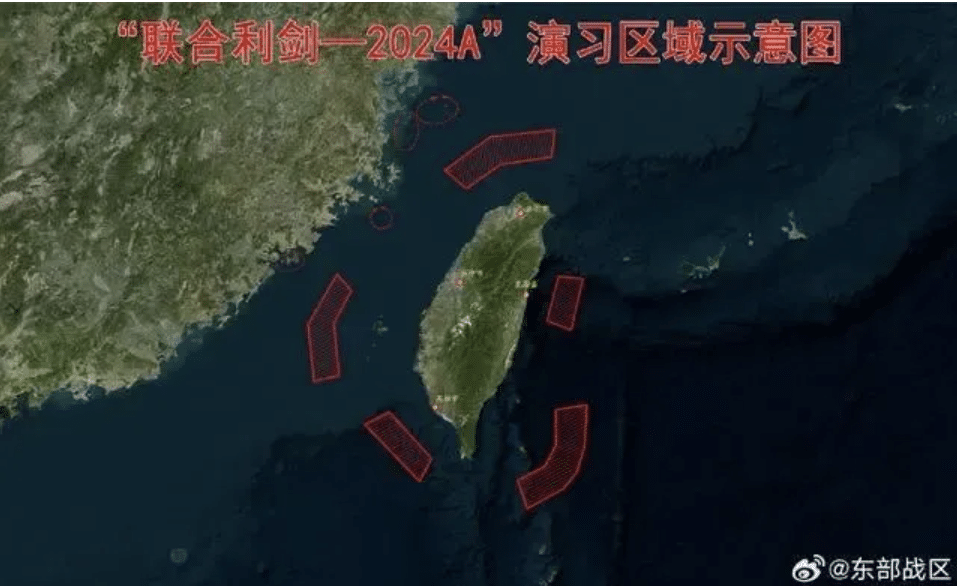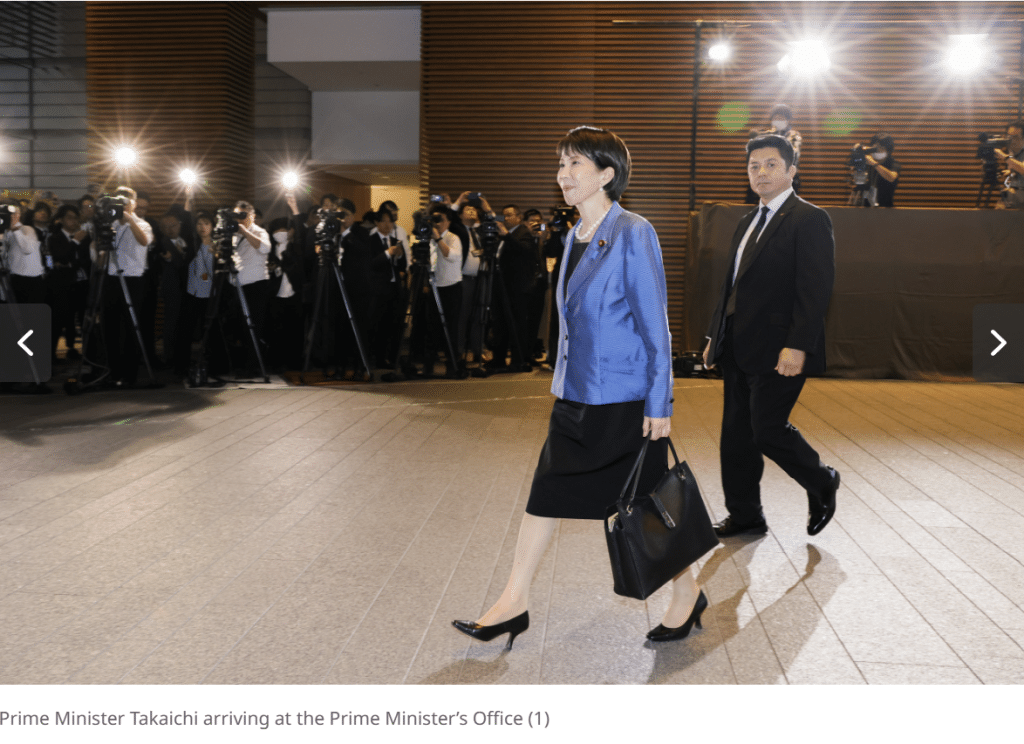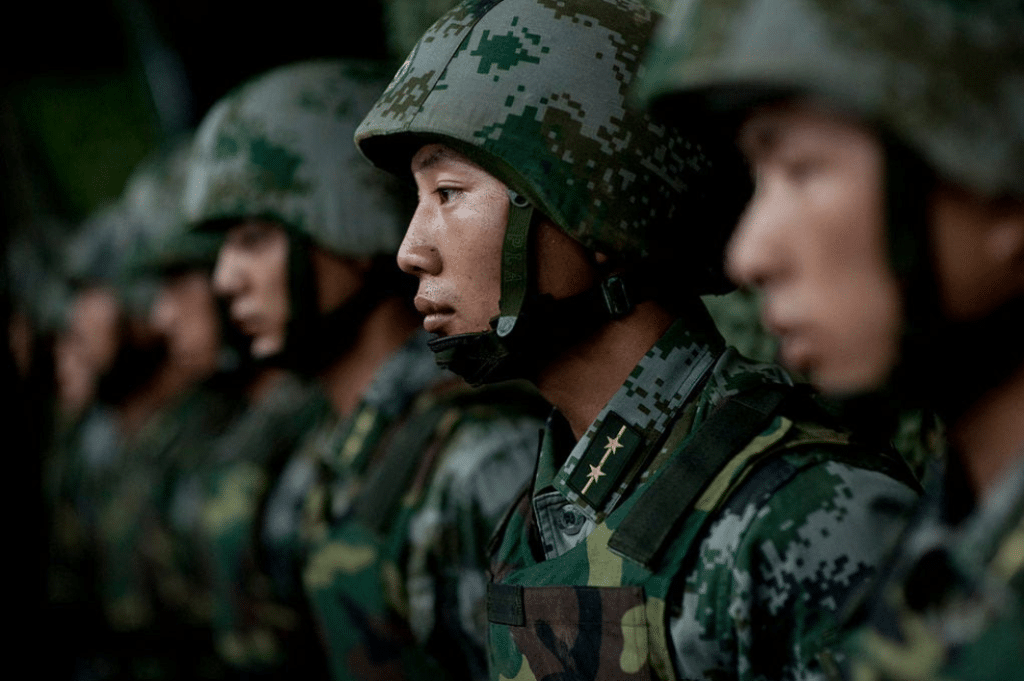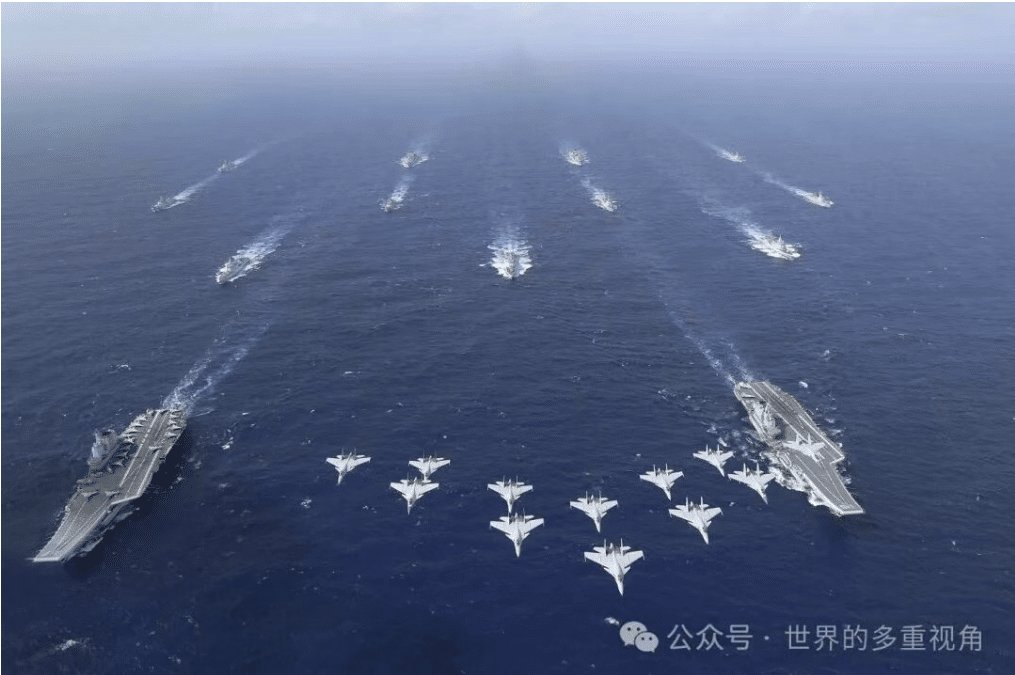Four key reasons Kuomintang lost the Taiwan election
Taiwan’s Kuomintang President Ma Ying-jeou conceded defeat to main opposition leader Tsai Ing-wen yesterday, a stunning defeat and sharp reversal over his sweeping win eight years ago. Here are four factors in the KMT’s defeat:
1. The Ma government’s poor handling of the economy.
When running for president in 2008, Ma promised that his government would make an all-out effort to achieve the so-called “633” economic goals – an annual economic growth of 6 per cent, a per capita gross domestic product of US$30,000, and unemployment rate of below 3 per cent. In 2008, battered by the global financial crisis, growth slumped to 0.7 per cent from a pre-crisis level of 5 to 6 per cent. GDP per capita stood at about US$31,900, and its unemployment rate was 4.14 per cent.
By the end of last year, the economy had yet to recover to the pre-crisis level. For 2015, GDP growth was expected to be 1.06 per cent and its GDP per capita US$22,355. Unemployment rates improved compared to 2008, falling to 3.91 per cent in November, but were still far from Ma’s goal.
Most Taiwanese are also unhappy over stagnant salaries. From 2008 to last year, salaries grew by about 0.8 per cent a year on average, far lower than the average GDP growth rate of 2.85 per year.
2. The failure to win over young voters.
The “sunflower” student-led movement in the spring of 2014 was seen as awakening an interest in politics and social justice in the younger generation.
The protests, which saw the legislature occupied for nearly a month, were triggered by the KMT’s attempt to force the Cross-Strait Service Trade Agreement to the floor of the Legislative Yuan without giving it a clause-by-clause review as agreed with the opposition party Democratic Progressive Party.
Many of the island’s residents feared that trade pact would damage the island’s economy and make Taiwan vulnerable to political pressure from Beijing. Others who were not against the deal in principle backed the students as they believed the approval of such deals must be transparent. The KMT eventually backed down and agreed on April 6 to postpone the review of the pact.
3. The power struggle and infighting within the upper echelons of the party.
The lont-time feud between the two top leaders of the KMT – Ma Ying-jeou, the former president, and Wang Jin-pyng, the popular Speaker of the legislature – greatly undermined the government and compromised the unity of KMT.
The fallout between Ma and Wang reached a climax in 2013, when Wang was almost sacked and expelled by Ma from the party, hitting the judicial, executive and legislative branches of the government hard, analysts said at the time. When a presidential candidate was needed last July, Hung Hsiu–chu, deputy speaker of the legislature was nominated despite her lack of experience in executive government. Heavyweights like Eric Chu Li-luan, the party chairman and mayor of New Taipei City, had declined to run, citing promises to is constituents to put them first.
The KMT’s bid was further hampered when the party switched candidates in October – just three months before the voting – to finally settle on Chu after Hung’s poor campaign performance. Hung initially refused to step out of the race, promising to “stand for election until the end”, but finally surrendered and called on her supporters to back Chu.
4. Policy flip-flops in key domestic issues.
The education reform in late July last year sparked a six-day occupation outside the education ministry by at least 100 students, who protested against controversial changes to the high school curriculum they say favoured Beijing’s view of the island’s history. Other controversial domestic issues include electricity and fuel price.
By GLORIA CHAN and NECTAR GAN JAN 17, 2016 in South China Morning Post


